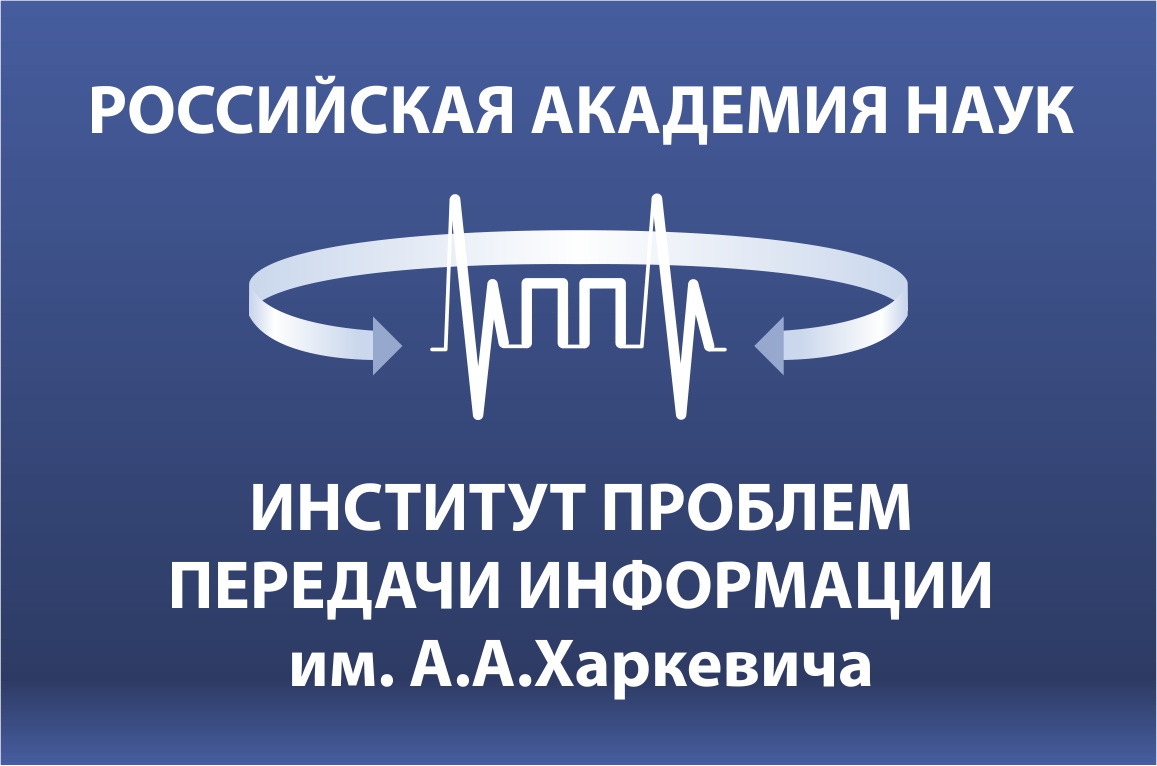Семинар Добрушинской математической лаборатории ИППИ РАН
19 мая, вторник, 16:00 пройдет в режиме онлайн-конференции
на платформе zoom.
Yuri Suhov (IITP/Penn State University): The Hard-Core Model on 2D Graphs
Abstract:
We study extreme Gibbs measures for the Hard-Core model on a unit
triangular/square/honeycomb lattice. We use the Pirogov-Sinai theory
and a number of complementary results and methods developed by
Zahradnik, Dobrushin-Shlosman and Bricmont-Slawny. The model is
determined by the fugacity $u$ and the exclusion diameter $D$
(the minimal attained distance between occupied sites). On the square
lattice for large enough $u$, Dobrushin (1968) proved that for the smallest
non-trivial value $D={\sqrt 2}$ there are two extreme Gibbs measures
generated by the checker-board ground states via high-fugacity polymer
expansions. However, for the next value $D=2$ he discovered that
the ground states exhibit a phenomenon of sliding, which leads to
countably many periodic states with no Peierls bound between them.
The model on lattice can be viewed as a natural discretization of the
Hard-Core model, where there is no sliding, periodic ground states
are triangular $D$-sub-lattices, and the Peierls bound is conveniently
written in terms of Voronoi cells. Hence, the description of extreme
Gibbs measures is reduced to a count of dominant periodic ground states.
The model on lattice is more difficult and requires additional
constructions. Here we give a complete list of values $D$ with sliding,
and then identify periodic ground states and prove the Peierls bound
in terms of Delaunay triangulations. Throughout the whole work we use
fruitful connections with algebraic number theory, in particular with
Eisenstein primes and the cyclotomic ring. A number of our results are
computer-assisted. This is a joint work with A. Mazel and I. Stuhl.
Ссылка для подключения (см. комментарии о регистрации ниже)
https://zoom.us/j/93175142429?pwd=VDViRHNOSlZSVUM5ZU03SGZyZy8xQT09
Id: 931-7514-2429 passw=057376
=============================================
Пара комментариев о работе с Zoom.
Первое, что нужно сделать (если вы впервые пользуетесь zoom) - это
зарегистрироваться на сайте zoom.us и загрузить программу на ваш
компьютер.
Все это детально описано, напр. на следующем сайте:
https://dragon-english.ru/community/articles/38-registracija-akkaunta-v-zoom-i-poluchenie-svoih-dannyh-dlja-konferencii.html
Сделав это вы сможете подключаться к произвольным zoom-семинарам.
В ходе семинара вопросы лучше писать в чате - тогда они будут всем видны.
Более того, там же можно на них отвечать (всем или конкретному участнику).
Другой способ - нажать кнопку "поднять руку". Тогда организаторы смогут
дать вам слово.
| 15.05.2020 | Комеч Сергей Александрович |











